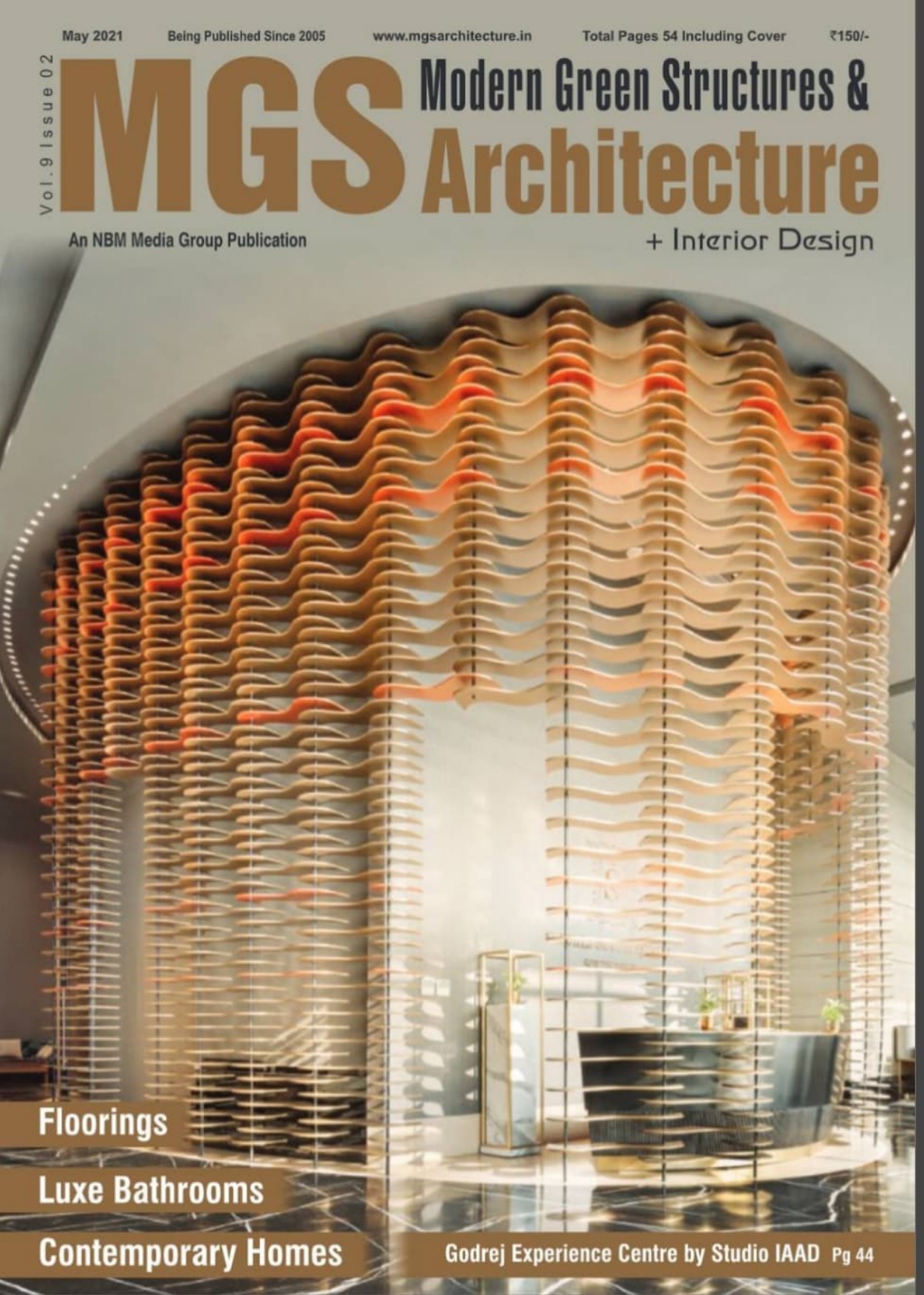
Changing Trends in New-age School Designs
Blog 23

School design plays a critical role in a child’s learning outcome. In recent years, flexible designs with a holistic, whole-life approach have emerged popular as they accommodate health safety protocols that are imperative in the new normal. A progressive school emphasises learning through hands-on projects and activities. New-age school design schemes should ensure the physical & emotional well-being of children.
Holistic wellness
The design vocabulary of schools today should focus more on holistic wellness. This can be achieved by synergising the indoor and outdoor. One can opt for expansive windows, glass facades and naturally lit spaces to create such cohesive spaces. In addition, one can induce warmth and snugness in the classroom by harmoniously blending textures and soft hues.
Optimising spaces
The layout should be clean-lined and clutter-free to optimise volume, extending its domain to an accessible, barrier-free environment that enables the safety and security of children. Another option is to have sliding glass doors instead of wall partitions that can allow a continuous change in the size of the enclosure and catalyse connections between different areas. Finally, it is essential to evoke a sense of emotional and physical wellness in indoor and outdoor spaces and create a cognitive balance between them.
Flexible & open-plan layouts
Flexibility and open spaces help a child’s imagination run free. Such areas can be reconfigured easily to serve multiple purposes in schools. For instance, one can replace traditionally enclosed classrooms with flexible and experiential learning spaces to push the envelope and explore the outdoors, kindling self-discovery. Open-plan layouts provide the flexibility to conduct educational activities in different groupings and thus make a space multi-functional.
Ergonomic furniture
Children spend anything between 6-8 hours at school. Poor posture puts them at health risk and can have profound mental health implications, especially lack of concentration and reduced productivity. Hence, ergonomic furniture is imperative for classrooms, enabling them to sit comfortably and increasing their attention span. Research validates the correlation between student well-being and flexible, ergonomic seating options. In particular, versatile and portable furniture is a prerequisite in multi-purpose spaces.
Play-based learning
Children learn better when interacting with their physical environment. Play-based learning fosters meaningful connections and helps children stay more active and socially engaged. Therefore, it’s pivotal for any school design to conjure a learning environment that replaces traditional, intimidating institutional architecture. A progressive school emphasises learning through hands-on projects and activities in its design scheme. Collaborative and interactive spaces also give wings to the child’s imagination. In addition, these spaces increase student-teacher interaction and hone discursive educational practice, which is linked to the overall achievements of the child.







